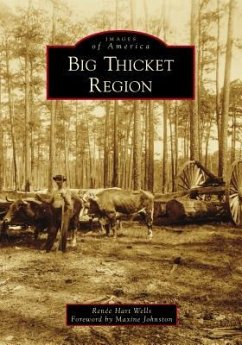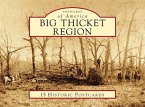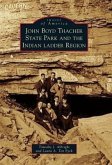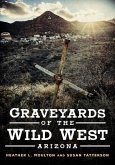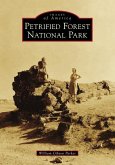The Big Thicket region is centered in Hardin County but includes land in Tyler, Jasper, Newton, Polk, Liberty, Orange, and Jefferson Counties as well. Changes to the dense forests of the thicket began with pioneers who first cleared land for family farms and communities. Economic pressure on the forests occurred as steam engines rode iron rails through vast stands of yellow pine and timber harvesting laid waste in a cut and get out sawmilling method. The oil boom also resulted in enormous changes as town populations doubled almost overnight. In 1936, R.E. Jackson, a conductor on the Santa Fe Railway, formed the first organization with the goal of protecting the thicket. Later individuals continued the fight, and in 1974, the United States Congress authorized the Big Thicket National Preserve. The preserve, with its 112,500 acres in nine land units and six water corridors, now protects the remnants of a biological crossroads that once covered more than three million acres.
Hinweis: Dieser Artikel kann nur an eine deutsche Lieferadresse ausgeliefert werden.
Hinweis: Dieser Artikel kann nur an eine deutsche Lieferadresse ausgeliefert werden.

